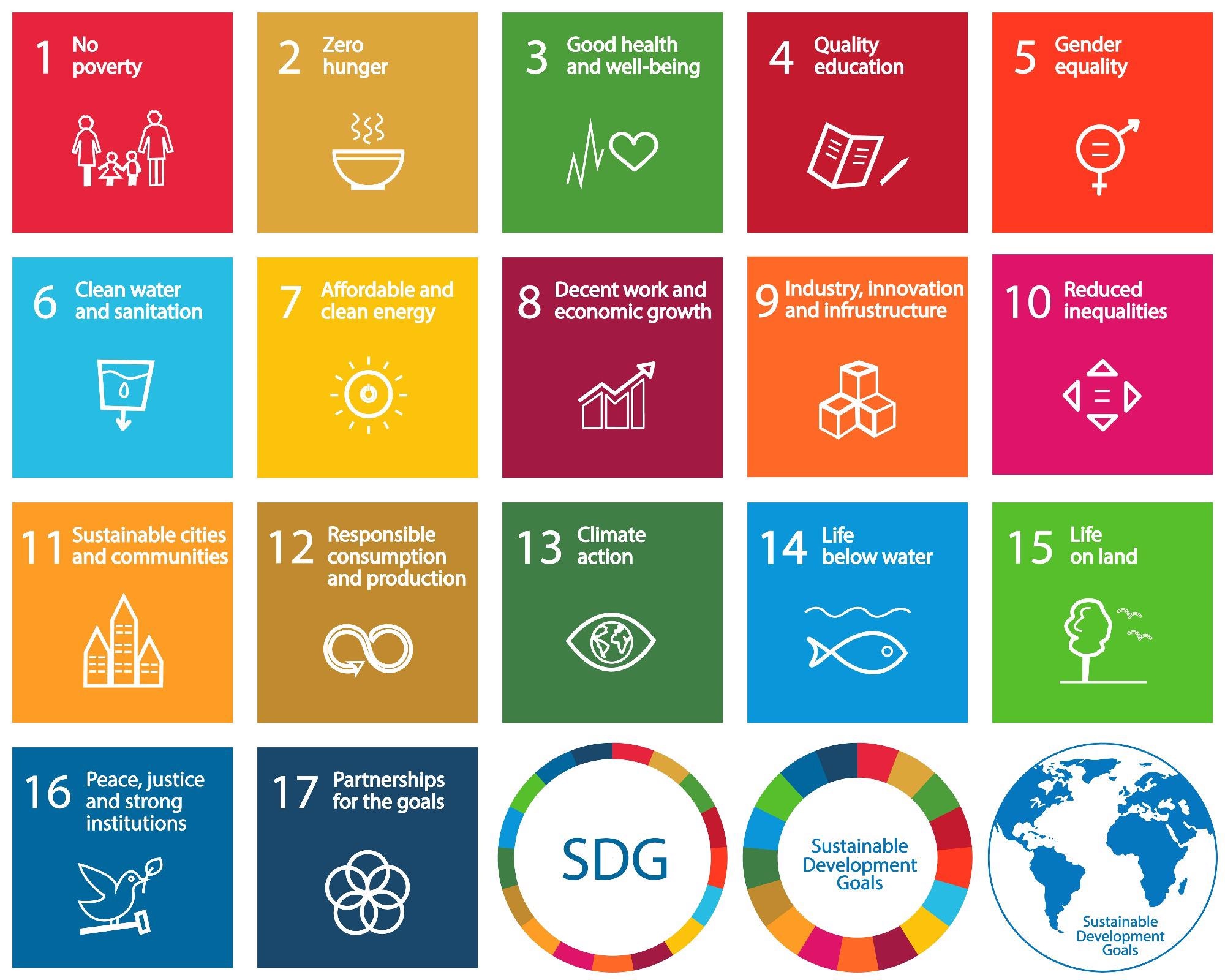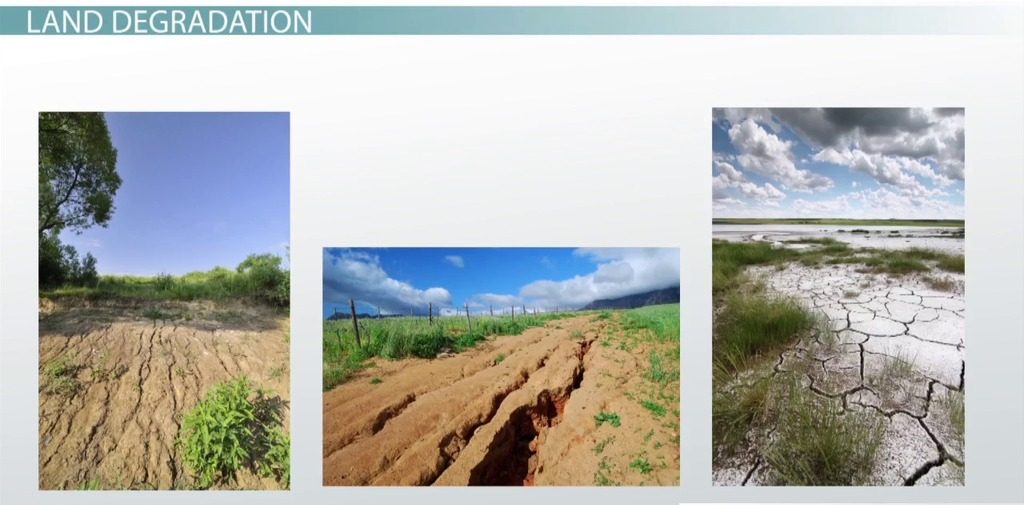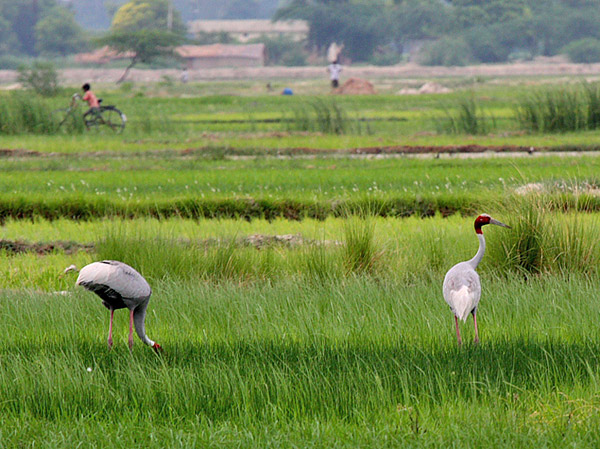Introduction
In the quest for global sustainability, agriculture stands as a cornerstone of progress. The United Nations’ Sustainable Development Goals (SDGs) provide a blueprint for addressing some of the most pressing challenges of our time, and agriculture plays a pivotal role in achieving these goals. This blog post takes a deep dive into the intricate relationship between agriculture and the SDGs, exploring how this vital sector contributes to global sustainability.
Agriculture and Sustainable Development Goals: An Overview
The United Nations adopted the 2030 Agenda for Sustainable Development in 2015, which consists of 17 SDGs aimed at addressing a wide range of global challenges. While these goals encompass various aspects of life, from health and education to climate action and economic growth, agriculture intersects with several of them. Let’s explore how agriculture is intertwined with these essential SDGs:
- Zero Hunger (SDG 2)
One of the most direct connections between agriculture and the SDGs is found in Goal 2: Zero Hunger. Agriculture is the primary source of food production, and its success directly impacts food security and nutrition worldwide. To achieve this goal, we must ensure access to nutritious food for all, promote sustainable farming practices, and reduce food waste.
- Clean Water and Sanitation (SDG 6)
Agriculture is a significant consumer of freshwater resources, making it an essential component of SDG 6: Clean Water and Sanitation. Efficient water management in agriculture is crucial to conserve this finite resource, reduce pollution from agricultural runoff, and ensure equitable access to clean water for communities.
- Climate Action (SDG 13)
As agriculture relies heavily on weather patterns and climate conditions, it is closely linked to SDG 13: Climate Action. Sustainable agricultural practices, such as agroforestry and precision farming, can contribute to both mitigating and adapting to climate change. These practices reduce greenhouse gas emissions, enhance soil health, and promote resilience in the face of changing weather patterns.
- Life on Land (SDG 15)
Goal 15, Life on Land, addresses the conservation and sustainable use of terrestrial ecosystems. Agriculture has a profound impact on land use, biodiversity, and ecosystems. Sustainable agricultural practices, such as organic farming and agroecology, can help protect and restore ecosystems while providing food for a growing global population.
- Partnership for the Goals (SDG 17)
SDG 17 emphasizes the importance of global partnerships in achieving the other goals. Agriculture involves a complex web of actors, from small-scale farmers to multinational corporations. Collaborative efforts are crucial to ensuring that agriculture contributes positively to the SDGs while minimizing its negative impacts.
Challenges in Aligning Agriculture with the SDGs
While agriculture has the potential to contribute significantly to the SDGs, it also faces several challenges that must be addressed to realize its full potential:
- Environmental Impact
Conventional agricultural practices, including monoculture and excessive use of chemical fertilizers and pesticides, can harm the environment. Transitioning to more sustainable practices requires overcoming resistance and providing support to farmers.
- Food Security
Despite advancements in agriculture, millions still suffer from food insecurity. Achieving Zero Hunger requires not only increasing food production but also addressing issues of distribution, access, and affordability.
- Climate Change
Agriculture is vulnerable to climate change, with extreme weather events, shifting growing seasons, and changing pest dynamics affecting crop yields. Sustainable practices and resilient crop varieties are essential for adapting to these challenges.
- Economic Disparities
The benefits of agriculture are not evenly distributed. Small-scale farmers often face economic challenges and lack access to markets and resources. Ensuring that agriculture contributes to equitable economic growth is a critical aspect of the SDGs.
Conclusion
In the global pursuit of sustainability, agriculture stands as a critical player. Its impact reaches far and wide, influencing not only food production but also clean water access, climate resilience, and biodiversity conservation. As we work towards achieving the Sustainable Development Goals, it’s essential to recognize the central role of agriculture and to promote practices that align with the vision of a more sustainable and equitable world. By harnessing the potential of agriculture, we can sow the seeds of a brighter future for all.
In future blog posts, we will delve deeper into the specific ways in which agriculture is addressing each of the SDGs, exploring success stories, innovative solutions, and the challenges that lie ahead. Stay tuned for more insights into the transformative power of sustainable agriculture on a global scale.






